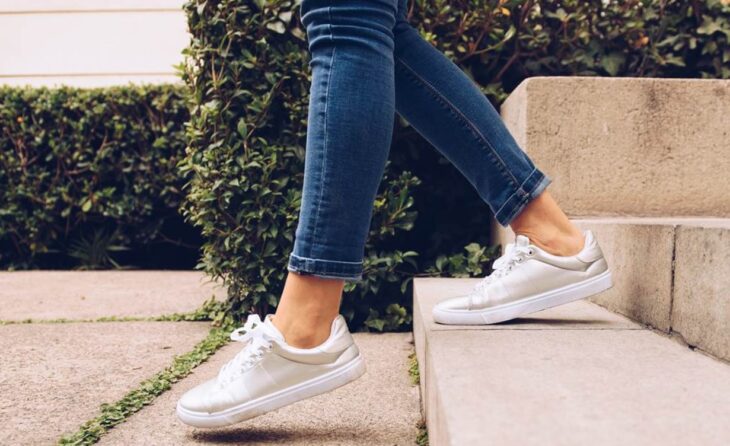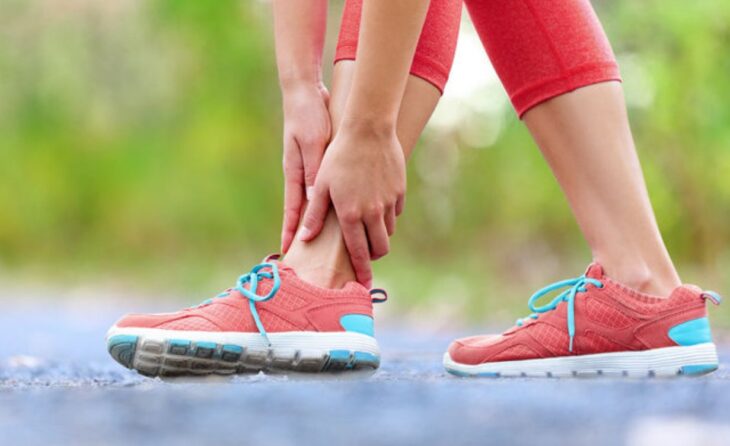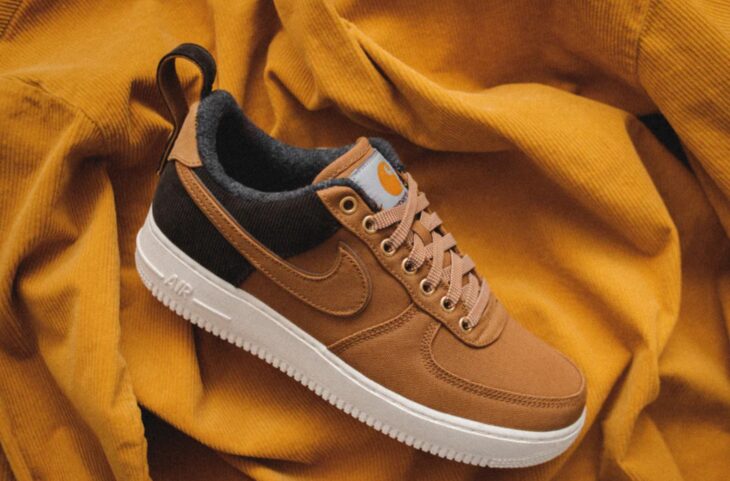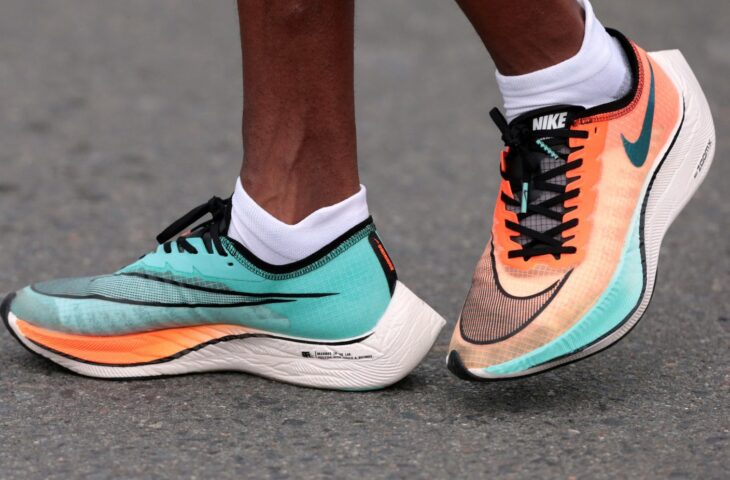If you’re going to be walking on concrete you want to make sure that you have the best possible shoes to protect your feet and to make sure you’re comfortable. After all, with the wrong shoes, you can easily end up with fatigue, arch problems and a whole lot more. But there are more things to know about good shoes and how to find them. There’s even more right here to continue your understanding.

Source: Today Show
Contents
What You Plan to Do
You need to understand what you’re going to be doing with those shoes. It’s not just about wearing them for work. If you’re going to be doing a lot of exercises you’ll need good quality shoes that will stand up to all of that exercise. You need them to be durable and they need to have enough support around the ankle and foot. You need different levels of these things in order to succeed in any type of exercise program. If you are finding the shoes for orange theory fitness you can see here.
Injuries You Have
If you have any type of injury you need to know how to protect yourself and keep from getting more problems over time. It’s important to get the right kind of support for anything you might have, whether it’s weak ankles, torn ligaments or anything else. By working with any injuries you have and going from there you’ll be able to consider different types of shoes that can help you with the concrete you’re going to be standing on but also a range of other ailments as well.
You don’t want to have shoes that are great for concrete but actually cause you more harm than anything when it comes to any other injuries you have. Just make sure that you know what you’re suffering from when you first start out.

Source: As One Foundation
How You Walk or Run
Knowing what it takes for you to walk or run and the gate that you have when you do is also going to be crucial for your shoes. Different shoes work better for different walking and movement styles. Make sure you understand your style, which may take a little bit of time and effort to understand fully. You’ll also want to make sure you try different shoes to understand how they feel.
Each person is going to have something different to look at in their gait, whether it’s neutral, overpronated or underpromoted. That way, you will be able to look at the right shoes for your walk rather than spending your time with the wrong shoes.
How Do They Feel?
How your shoes feel is essential to your capability to work and run and do whatever else you want. You need to be able to feel comfortable in your shoes, while you’re doing whatever it is you want to do throughout the day. They need enough support and enough padding through the sole, the surround and, of course, the support around the ankle. All of this is crucial to getting a full day of wear out of the shoes themselves.

Source: unsplash.com
Trust Yourself Over Technology
Many different technologies are used in different stores to help you find the right shoes but that doesn’t necessarily mean that you’re getting what you need. You should trust your own feelings about the shoes and definitely your own understanding of how they fit. Once you do that you’re definitely going to feel more comfortable and you’ll be able to wear the shoes as long as you want.
There’s no reason not to try those types of technology and use them to help you narrow things down, but you’re definitely going to want to trust yourself rather than anything else that tells you what you should be buying.
Sole Type
Finally, the type of sole that you have is going to be extremely important because it will provide the support that you’re looking for. It will help them to work well on concrete and other surfaces as well as making sure that they have enough traction for walking on different types of terrain. With the right soles you’ll be able to do whatever you want for the entire day and you won’t have to worry about wear or about the pain or fatigue that otherwise affects your feet and ankles while you do.

Source: The New York Times
How to choose your shoes to run or walk on concrete according to your feet
In addition, you still need to worry about your type of step to buy the right shoes to run or walk on concrete. There are three types, each with its own characteristics.
Normal (neutral) foot: It has a normal-sized arch. When it touches the ground, it leaves a certain hollow that connects the heel and the front of the feet. It is characterized by the uniform support of the foot in contact with the ground, with no deviations either inwards or outwards.
Supinator foot: It has a very sharp arch, imprinting a narrow region on the ground, which connects the heel to the front of the foot. They force the outside of the foot to support the weight of the body at the end of each step.
Sometimes, the arc is so sharp that the impression is unconnected between the two parts. Usually, users with this step also have bent knees out. This type of foot has little or no flexibility because it does not prone enough.

Source: unsplash.com
Therefore, it has low natural impact absorption efficiency. The most suitable shoes for running or walking on concrete are the most flexible and those that have a high degree of cushioning, as they induce the foot to pronation movement.
Pronator foot: It has a small arch, printing practically the entire sole of the foot. It is characterized by the support of the medial region of the foot in contact with the floor. It presents an excess of flexibility, causing instability to the corridor.
Generally, users with this step have bent knees inward and may experience pain in the medial part of the knee. Those with flat feet need to avoid shoes with a high degree of cushioning, which further reduce stability and movement control. Over time, people with flat feet tend to develop inflammatory processes, such as tendonitis.
